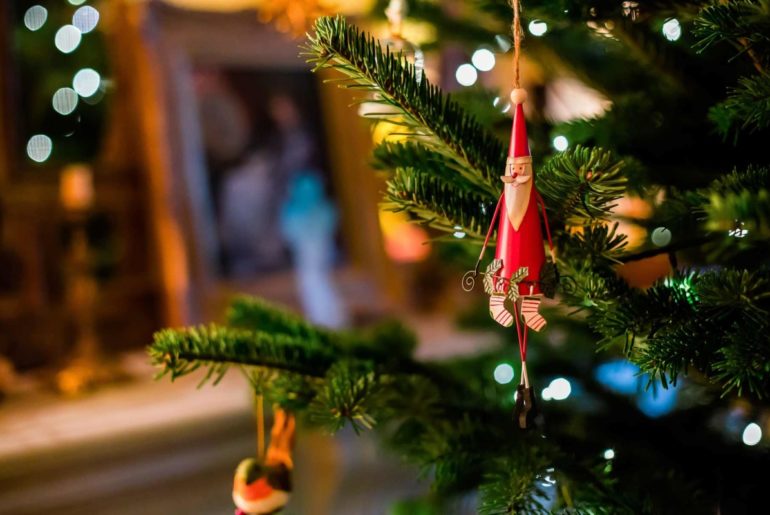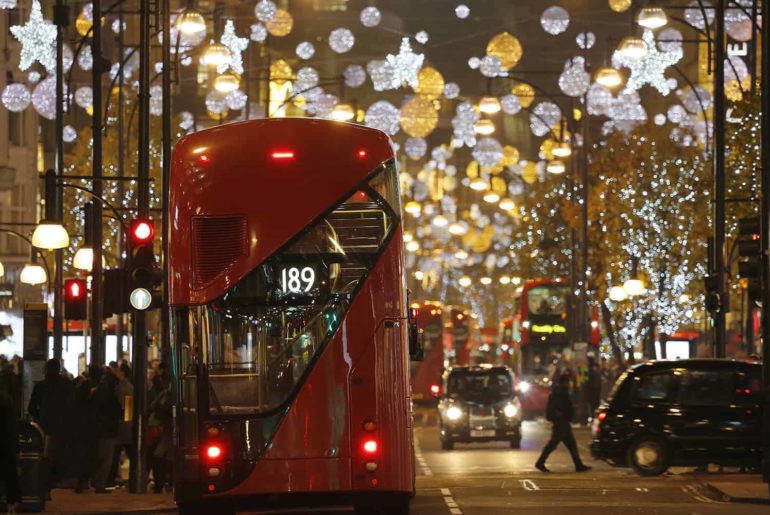Of all the 28.4 million+ households in the UK, few are quite spectacular; we’re obviously talking about stately homes in the UK.
They highlight our nation’s rich history and heritage and demonstrate a range of architectural styles. Most importantly, because many of these homes are now open to the public, they allow you to see how the ‘other half’ lives.
The stories behind the UK’s stately homes are just as impressive as their appearances. While you’re travelling around Great Britain, make time to visit these architectural masterpieces – at a glance:
- Blenheim Palace
- Bodrhyddan Hall
- Castle Howard
- Chatsworth House
Blenheim Palace
Today, Blenheim Palace is famous for being the birthplace of Sir Winston Churchill, who needs no introduction. It may have ‘Palace’ in its title, but it’s merely a manor house that took nearly two decades to build early in the 18th century.
Throughout the years, Blenheim Palace has provided a home to around nine Dukes of Marlborough. It has also served as a hospital for wounded World War I soldiers. At that time, the current owner, Charles Spencer-Churchill – the 9th Duke of Marlborough – used his 2,000-acre estate to raise livestock and crops to feed the staff and soldiers.
Since 1950, this spectacular home and its landscaped gardens have been open for public tours. While you’re in Oxford, visit Blenheim Palace after viewing the University.
Bodrhyddan Hall
The land-owning Conwy family has owned Bodrhyddan Hall for over five centuries. What you see today was mostly built during the 17th century, though some of the building’s surviving elements suggest it dates back to the 15th century.
Its spectacular façade was redesigned in 1874 to reflect the revived baroque style. A longer driveway and an extra wing were constructed (because the house wasn’t large enough already).
Inside the Welsh home, you’ll find ancient armour items, paintings and a 3,000-year-old Egyptian mummy. Need any more reasons to take a tour?
Castle Howard
Castle Howard, Yorkshire’s most spectacular stately home, took a century to complete. Construction began in 1699 by order of the 3rd Earl of Carlisle. Thanks to the stylistic preferences of generations of Earls, the building’s appearance has undergone significant changes over the years.
During the 17th century, the 3rd Earl oversaw the construction of the east wing in the Baroque style. Then, the 4th Earl commissioned the design and construction of the west wing, built in the classical Palladian style. But what the house lacks in symmetry is made up for in grandeur.
Unfortunately, a blaze swept through the entire building in the 20th century. Most of it has been restored, though the east wing remains a shell – at least there’s an interesting story. Definitely worth a visit.
Chatsworth House
Head a bit further south to Derbyshire, and you can find Chatsworth House, where Mary, Queen of Scots, was held prisoner after abdicating the throne and fleeing to England in 1567 (though we’re sure you’ll agree this particular building is hardly a prison).
This stately home has a spectacular history. Besides being a prison for Mary, Queen of Scots, it has been owned by Dukes, used as a secret residence for royalists during the Civil War, and hosted parties for the Royals.
Make sure you don’t miss out on the chance to see Blenheim Palace on our extra-special tour. You’ll get to explore the Cotswolds alongside this magnificent building, all with the leadership of one of our expert guides.






